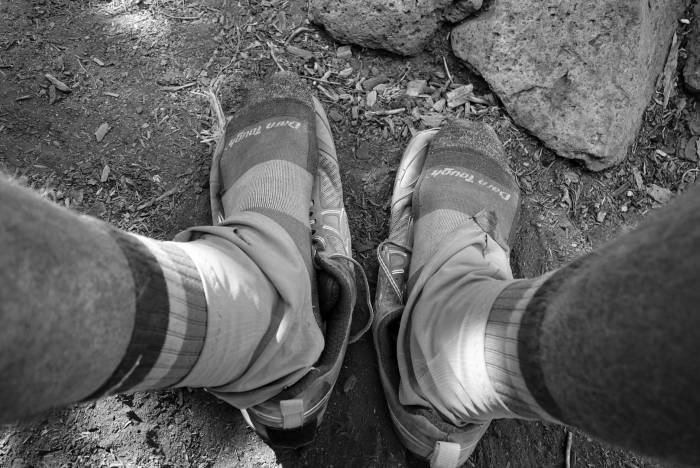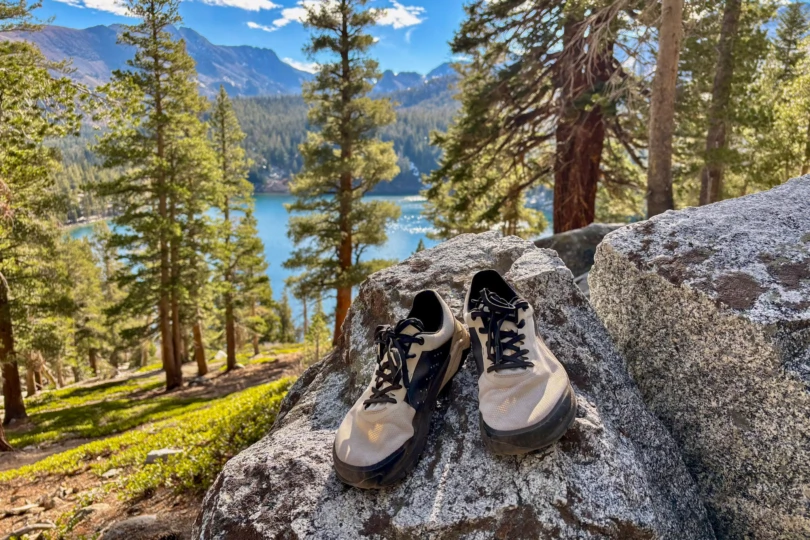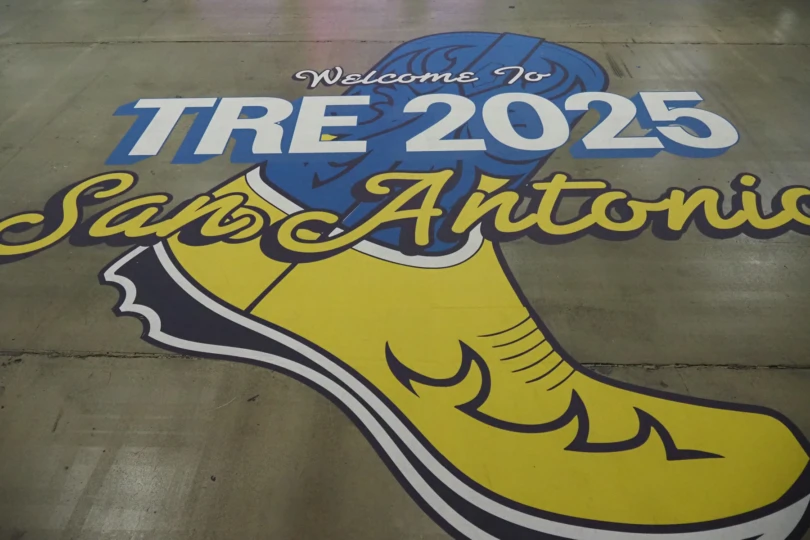Whether you’re day-hiking or thru-hiking, proper foot care is essential to an enjoyable trail experience. Keep your feet happy for the long-haul with these five tips.

Your feet take the brunt of impact on trails. If hot-spots, blisters, or injuries start to arise… bad news. This article will serve as a bombproof plan for your feet, your foundation for hiking.
In the ABC’s of foot care, the A’s take priority and are the most important.
Awareness
Arguably the most important aspect to maintaining healthy feet in the backcountry is awareness. Most of my foot injuries in the past were a result of not being aware while hiking. Rolled ankle, broken toe, and blisters are all rooted in not paying attention to what my feet were doing.
First, shorten your stride. Get used to walking with a short tight stride at a slightly quicker RPM (Rate Per Minute) than you normally would. Not only will you put yourself in a better position to recover from a miss-step, you’ll move more efficiently with less friction on your feet. This means less potential for blisters. You’ll also protect yourself from knee and hip injuries upstream.

Bonus Exercise: Go to a public place and pay attention to people walking. Focus on their stride length…look at their knees. You’ll quickly notice their knees make a snapping motion. A long and exaggerated heal-to-toe stride often results in knee pain after only a few miles of walking.
Watch how we’re hiking in our Pacific Crest Trail hike video (i.e. – minute 1:11). Notice how we are moving well with short and tight strides. This method is durable for months on end. Now go watch a few more videos of long distance hikers, watch their stride. I rest my case.
Air
Not only does this invisible stuff keep us alive, it gives our feet a chance to breathe. The proper protocol here is to take your shoes off and air your feet out throughout the day, usually during breaks and meals.
Blisters are caused by two things, heat and friction. Airing your feet during breaks will not only cool your feet off but will give your socks and boots a chance to dry out. This is also an excellent opportunity to dump out any debris that got into your shoes.

During rainy days, your feet are going to sweat from inside the shoe and the rain will soak your feet from the outside. There is little chance of maintaining dry. Your best bet is to treat your feet like an engine. In other words, keep them lubed up with a petroleum/anti-chafe lube to keep heat and friction down. Your feet may be wet, but the overall temp in your shoes will stay within a good blister-free range.
In short, lube your feet on a rainy day (less airing out). Then air them out when you can, likely in a tent at the end of the day.
If you know you’ll be hiking in wet climates, consider a pair of waterproof boots. We covered the La Sportiva Nucleo boots in March, a completely waterproof boot. Gore-Tex Surround technology is meant to keep your feet dry, while still allowing underfoot breathability to keep your feet from getting clammy.
At the end of the day, if you want your feet to remain spry, you have to keep em dry.
Application
This tip is straight forward. Look at what activity you plant to do and equip yourself accordingly. During my Appalachian Trail thru-hike in 2015, I wore sandals for 2,189 miles. My pack was light and I knew my feet would be wet often. I chose an option with an open upper so my feet could get plenty of air.
During my Pacific Crest Trail thru-hike in 2016, I opted for a technical boot while hiking through the High Sierra. Our time in the Sierra had us carrying heavy loads across ice-laden snow fields and over alpine mountain passes.
 A stiffer shoe that was waterproof and breathable was key to our success. We dressed for the occasion. Our feet stayed happy and injury free. The footwear industry is constantly striving to improve the breathable, technical boot. Every year
A stiffer shoe that was waterproof and breathable was key to our success. We dressed for the occasion. Our feet stayed happy and injury free. The footwear industry is constantly striving to improve the breathable, technical boot. Every year
we see improvements in this regard.
Build
The footwear industry is a deep and competitive field. With that in mind, it shouldn’t be hard to find a hiking boot or shoe that’s perfectly designed for what type(s) of hiking you have in mind. Just be ready to pay more for a quality product so you only need to cry once.
Breathability
We’ve already had the Air conversation. So, aim for footwear that is breathable and either dries quickly or is shielded with a quality waterproof membrane.
La Sportiva’s newest hiking boot, the Nucleo High GTX, features a polyurethane “web” injected onto the mesh upper. Dubbed “Nano Cells,” the system allows air to circulate around the bottom of the foot, letting feet breathe.

Comfort
Again, industry standards and competition in the industry means most products in the market are designed to be comfortable. Durable, waterproof hiking boots are getting lighter and lighter, with ample and targeted padding designed to keep you on the trail longer.
When trying on boots and shoes, a great fit should be your primary concern. And make sure to spend plenty of time in a new pair of shoes or boots before starting a long hike.
Coconut Oil: Author’s Secret
Coconut oil helps keep your skin strong and supple, not to be confused with being fragile. If your feet are already bombproof, just add that dose of coconut oil to your dinner for a 100-calorie boost. If not, massage your feet with a little coconut oil.
There you have it. You know your ABC’s and now have a solid starting plan for healthy feet in field. To complete the trifecta of bombproof feet and to complete your foundation plan, begin delving into foot strengthening routines and refresh on basic hygiene principles. Five miles in, you’ll be glad you did. See you in the field!
–This post was sponsored by La Sportiva. Check out the company’s Nucleo boots at REI.







